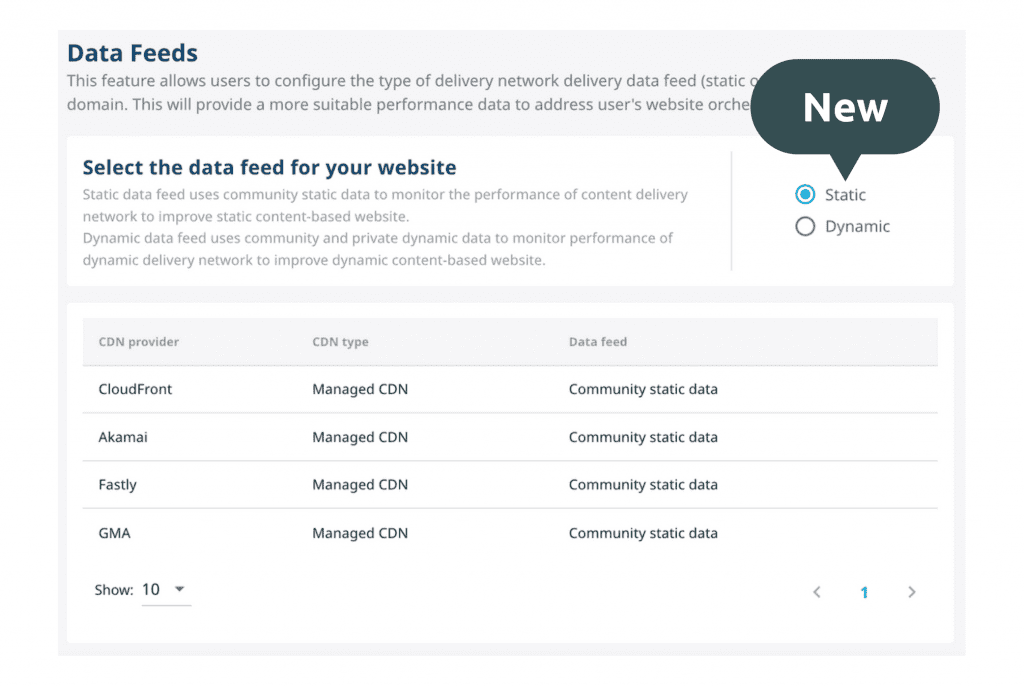One of the biggest challenges involves not only designing and implementing your cloud infrastructure but also monitoring its performance to ensure peak performance. But instead of examining these issues in the abstract, let’s use our friend Greg to illustrate not just the problems, but also the solutions facing IT managers today.
Greg is the IT Manager for XYZ Corp, a seasoned IT manager. He is using synthetic monitoring as his application performance monitoring tool for his company. Greg is reasonably content knowing synthetic monitoring is actively testing website performance and gathering valuable performance data.
But one day he was asked, “How well does the synthetic monitoring data we collect align with actual user experiences?”
Greg has no idea how to answer this question because all the performance data collected through synthetic monitoring is simulated in a controlled environment. No real user data has ever been sampled.
The “Synthetic” blind spots
Most businesses assign a higher value to synthetic monitoring because it provides valuable data while developing a website and then monitoring its performance, which has undeniable benefits.
Now, by separating the differences between synthetic monitoring and real user monitoring, it’s easy to see the blind spots created by relying solely on synthetic monitoring:
Synthetic monitoring covers useful tasks including:
- Making sure the websites and servers are online all the time, with alerts to inform you of any unplanned downtime;
- Testing the functionality of user tools such as login pages and shopping carts;
- Checking for missing content, connection, and page errors;
- Ensuring that all API’s are up and running;
- Analyzing the root causes of any issues; and
- Controlling third-party performance.
However, other critical metrics can only be achieved via real user monitoring, such as:
- Viewing the geographical distribution of users and their load times;
- Locating the potential impact of slowdowns or errors your users may be experiencing;
- Charting and interpreting long-term trends; and
- Measuring performance from your users’ actual devices, browsers, and operating systems.
While synthetic monitoring is geared to assuring maximum uptime and performance in a technical sense, real user monitoring is more about examining the details of the user experience based on actual data by actual visitors to your website.
Where Real User Monitoring shines
Real user monitoring allows a company like XYZ Corp. to have virtual “boots on the ground” to observe and collect data about the actual customers who serve as the lifeblood of the company. That data can then be analyzed and used to improve the user experience, which will lead to increased conversions and ultimately, more revenue.
Synthetic monitoring gives you that opportunity by continuously testing web assets based on likely user scenarios to ensure maximum uptime and performance. Conversely, real-user monitoring reports user experiences with extensive concrete details and the specificity you need to recreate and address any unanticipated problems.
Together, synthetic monitoring and real user monitoring provide a much more complete picture of the performance of your website.
The value of Real User Monitoring
The concept of improving the user experience is a fundamental facet of any online business model. There is a direct correlation between the quality of the user experience and the quantity of conversions. This renewed emphasis on customer experience is leading businesses to shape their digital marketing strategies accordingly.
One of the significant shortcomings of relying solely on synthetic monitoring is the absence of any data on the aforementioned user experience. Ironically, using synthetic monitoring to gather cold hard data from a website makes it impossible to generate a comprehensive analysis of the site’s strengths and weaknesses.
This approach may suffice in the development stage, but once a website goes live, relying on simulated data alone is staggeringly poor practice. Real user experience can be very different from simulated data, and a strong argument can be made that both are necessary to form a complete picture.
One of the key features offered by Mlytics is Smart Load Balancing, which utilizes real user monitoring as its engine for performance-based CDN load balancing. This process allows the system to optimize the website accordingly to what is actually happening. The success of Mlytics‘ Smart Load Balancing feature is causing companies to rethink their entire approach to data-based website performance analysis.
Like Yin and Yang

Real user monitoring, especially when used in conjunction with synthetic monitoring, dramatically enhances the value of your website. Thinking you only need to choose one will leave you vulnerable to vital information you need to keep your organization running at maximum efficiency.
The key takeaway is that real user monitoring and synthetic monitoring not only work well together but also dynamically complement each other. If deployed correctly, the result can far exceed the value of each solution on its own.




